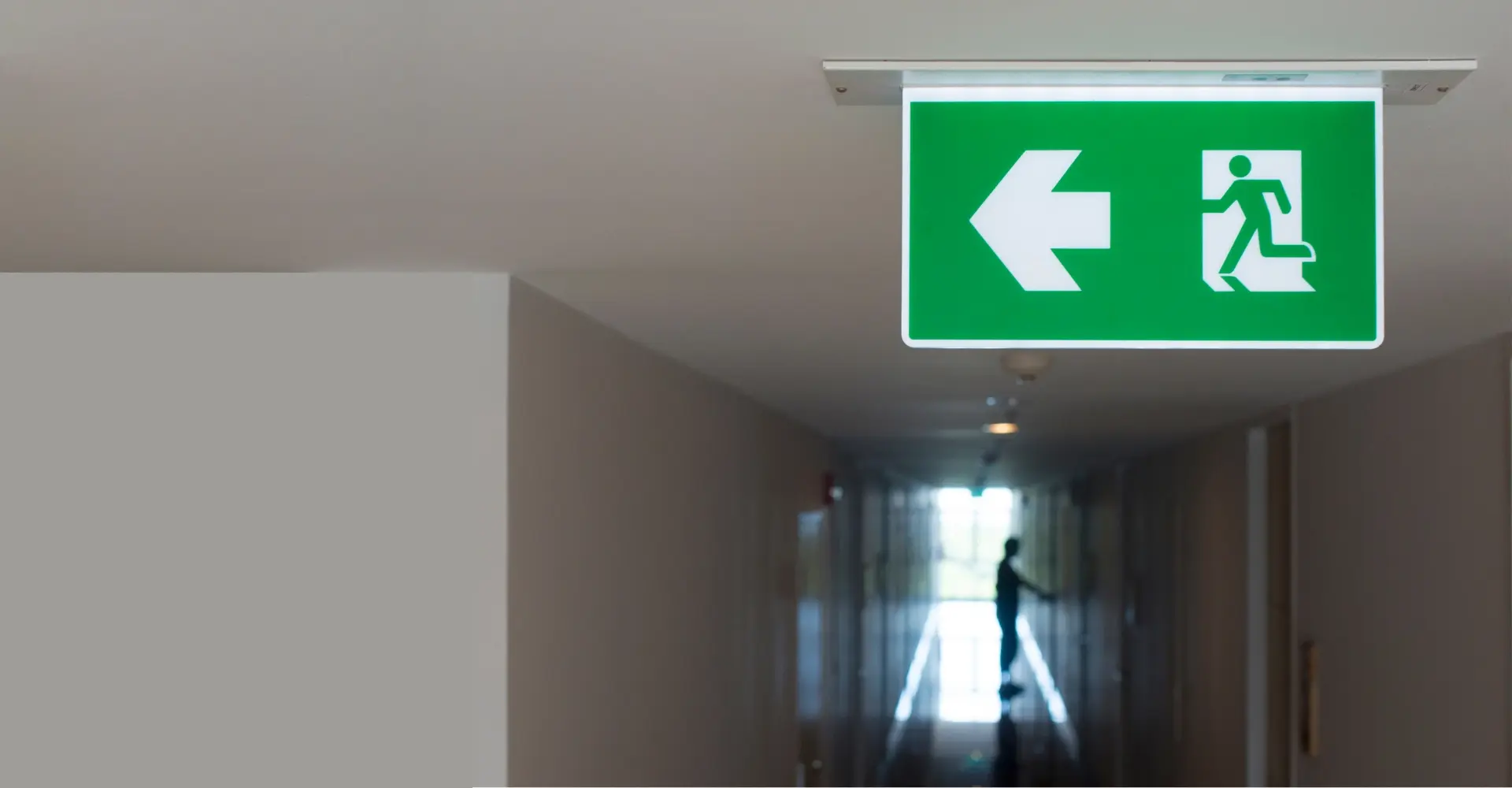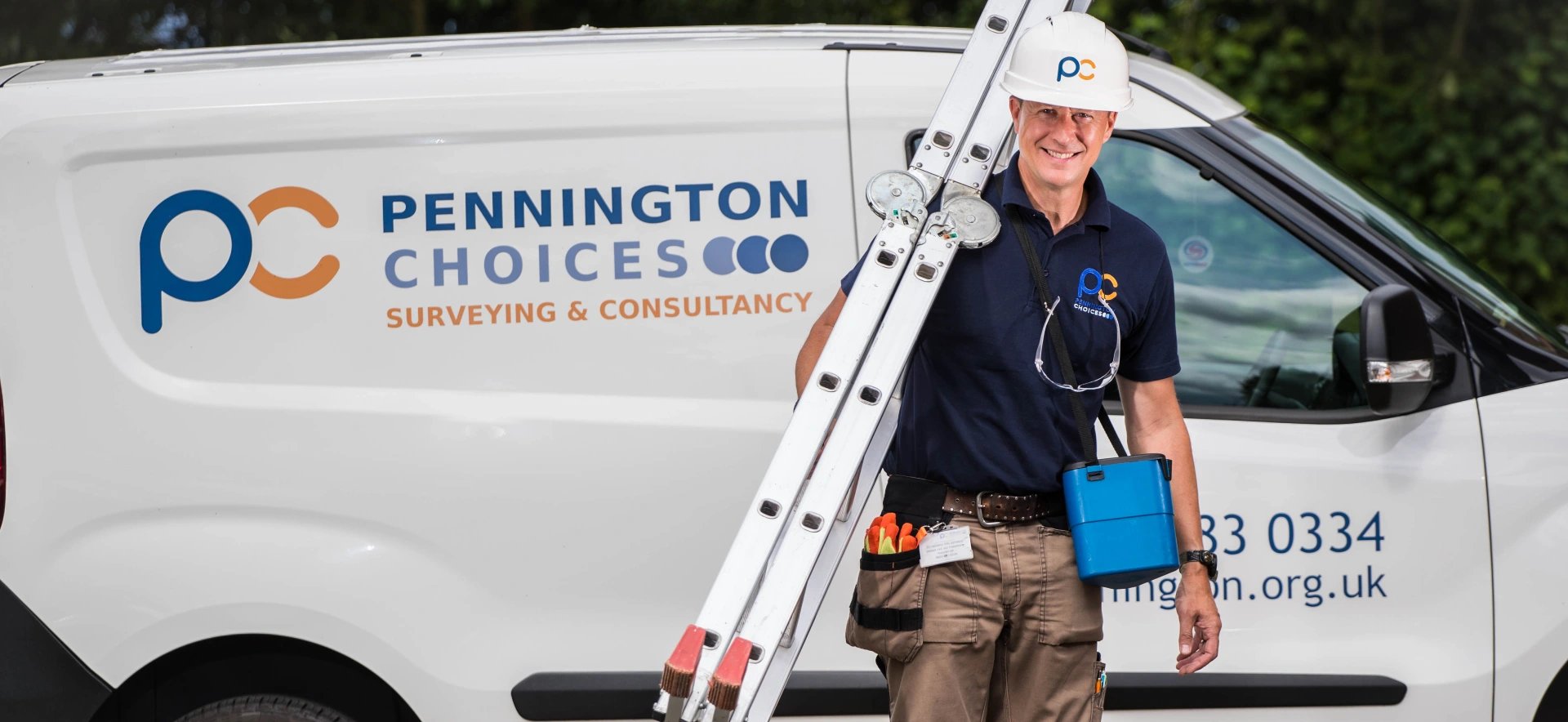



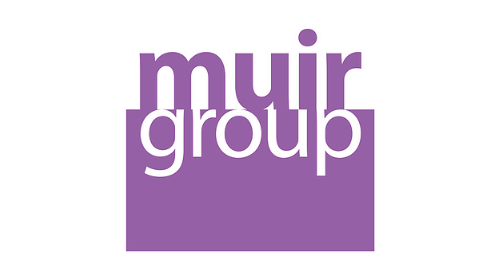



Are you addressing the damp, mould, and condensation risks in your properties?
Damp and Mould Surveys
Tier 1
Identify existence of damp and mould
- Visual assessment of your property
- Subsequent report detailing the existence of damp and mould in your property
Tier 2
Determine root cause, effect and solutions
- Damp and mould survey of your entire property
- Detailed assessment of property design and construction (interior and exterior)
- Cause and effect of the issues identified
- Subsequent report on the existence of damp, mould and other issues, with actions, recommendations, and further guidance
Tier 3
Detailed analysis via building pathology assessment
- Damp and mould survey of your entire property
- Detailed assessment of property design and construction (interior and exterior)
- Cause and effect of the issues identified
- Subsequent report on the existence of damp, mould and other issues, with actions, recommendations, and further guidance
- Building pathology assessment through intrusive investigations to diagnose any mechanisms of failure such as building defects, building decay and building performance.
Disrepair Surveys
Under Section 11 of the Landlord and Tenant Act 1985, landlords have a legal obligation to repair rented properties. Our Disrepair Surveys will ensure disrepair compliance and safety within your buildings.
This comprehensive survey will assess your entire property to identify defects such as damp, mould, structural issues, and more, ensuring compliance with landlord obligations. Including:
- Impartial and detailed expert witness reports for legal proceedings, adhering to Civil Procedure Rules (CPR) Part 35 and including Scott schedules.
- Single or joint expert visits for expert witness work, providing independent, court-compliant reports for both parties in disputes to reduce conflict and simplify the legal process.
- Assistance in evaluating fair Part 36 settlement offers based on property condition assessments to avoid litigation.
.jpg)
Damp and Mould Consultancy
Are you unsure of how to comply with government requirements for addressing damp, mould, and condensation risks? Can your frontline teams identify signs of damp and mould and take necessary action for investigation and treatment? Do you have records to evidence that you have addressed these issues in your properties?
If your answers to any of these questions are uncertain, our team of expert consultants are here to support and guide you. We will help ensure that your approach to damp, mould, and condensation is robust, your data is validated, you have policies and procedures in place, and your teams are fully trained.
.webp)
Preparing for Change: HHSRS, Damp, Mould, and Condensation
Our experts discuss how you should be preparing today for the upcoming changes to Housing Health and Safety Rating System (HHSRS), Decent Homes, and the impending enhanced requirements of Awaab’s Law. Our skilled experts will discuss what the changes mean for you, including how organisations are managing their approaches to surveys, remediation, and data management.
Download form title
Key Damp and Mould Resources
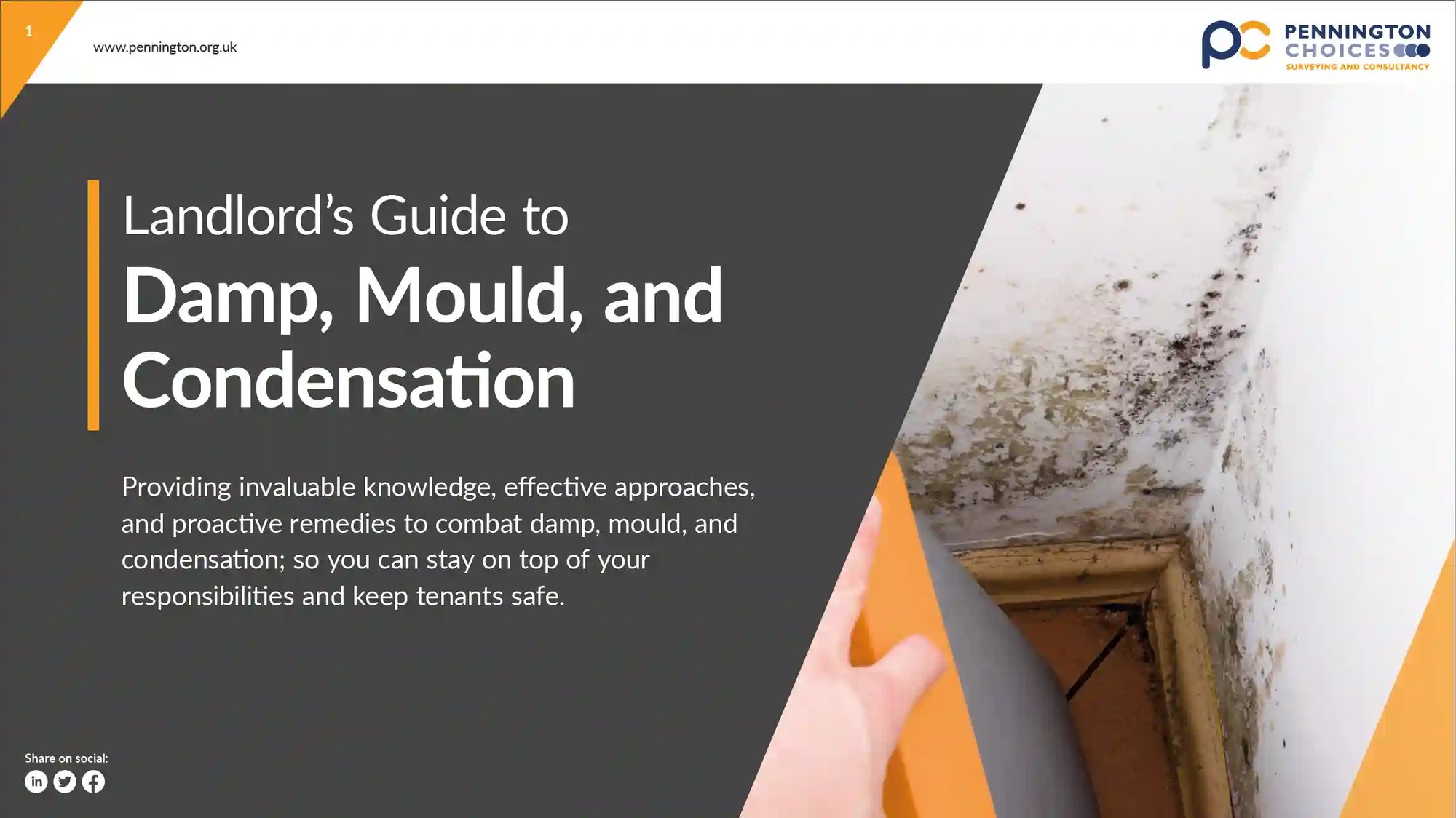
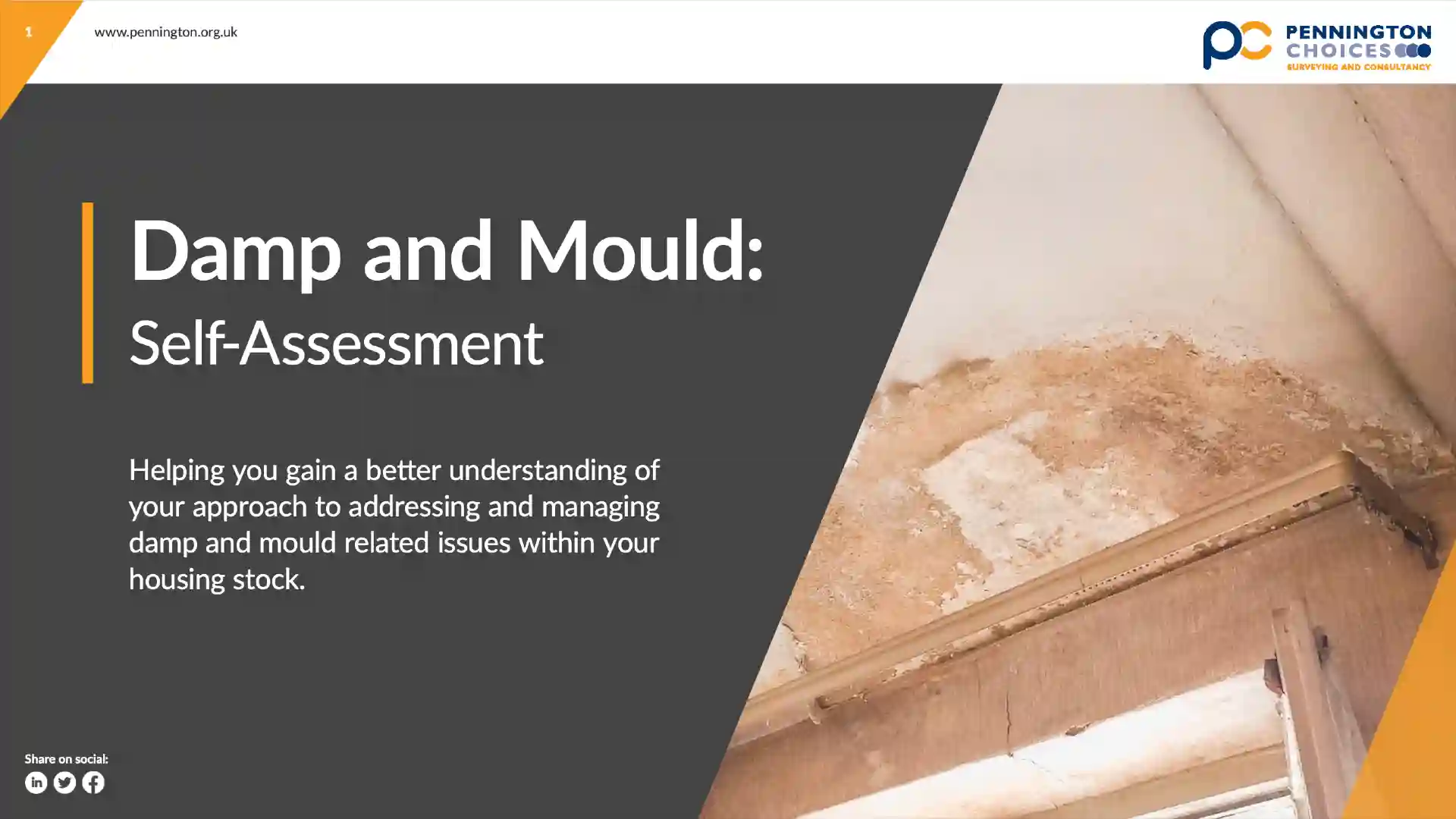


Damp and Mould Surveys
“Pennington Choices set time aside to have regular Teams catch-up calls to update us on property inspections and survey progress; this information was really useful to help us monitor damp and mould jobs. Not only did Pennington Choices provide information on damp and mould jobs, but they also identified other repair jobs during their inspections that required action and reported these back to us to raise orders to our Repairs Contractors.
The surveys, detail and recommendations contained in the survey reports was excellent and provided us with the information we needed to resolve the damp and mould problems. We would definitely recommend Pennington Choices’ services to others for all the above reasons!" – Maintenance Manager, Castles and Coasts Housing Association
Damp, Mould, and Condensation FAQs
What causes damp and mould?
Damp issues can have various underlying causes, such as leaks, rising damp, and penetrating damp. As a result, mould is a symptom of persistent dampness not being treated. Condensation occurs from too much moisture in the air, and can arise from poor ventilation or inadequate insulation.
To pinpoint the root of the problem and make it easier for you to implement the necessary solutions, a damp and mould survey can be undertaken.
What actions can landlords take to address damp and mould?
Landlords can improve ventilation and insulation, repair any plumbing issues, ensure regular property maintenance, maintain clear communication with tenants, provide appropriate and supportive tailored advice to tenants, and arrange for necessary remedial works to be ordered without delay.
To address damp and mould promptly and keep tenants safe, landlords can arrange for a professional damp and mould survey to identify the exact cause of the problem and subsequently treat the issue.
The above is not exhaustive, for more information on the specific actions you can take for your unique needs, please get in touch.
How long does a damp and mould survey take?
The length of time it takes to conduct your damp and mould survey will depend on what tier of survey you require, the size of the property, and the severity of the damp and mould present.
Who will be conducting the surveys?
Our team of experienced, qualified, and competent surveyors will undertake your survey. All of our reports will be quality assured by an experienced and competent QA manager, ensuring maximum consistency.

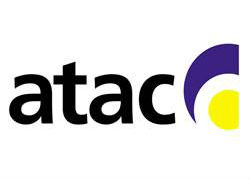


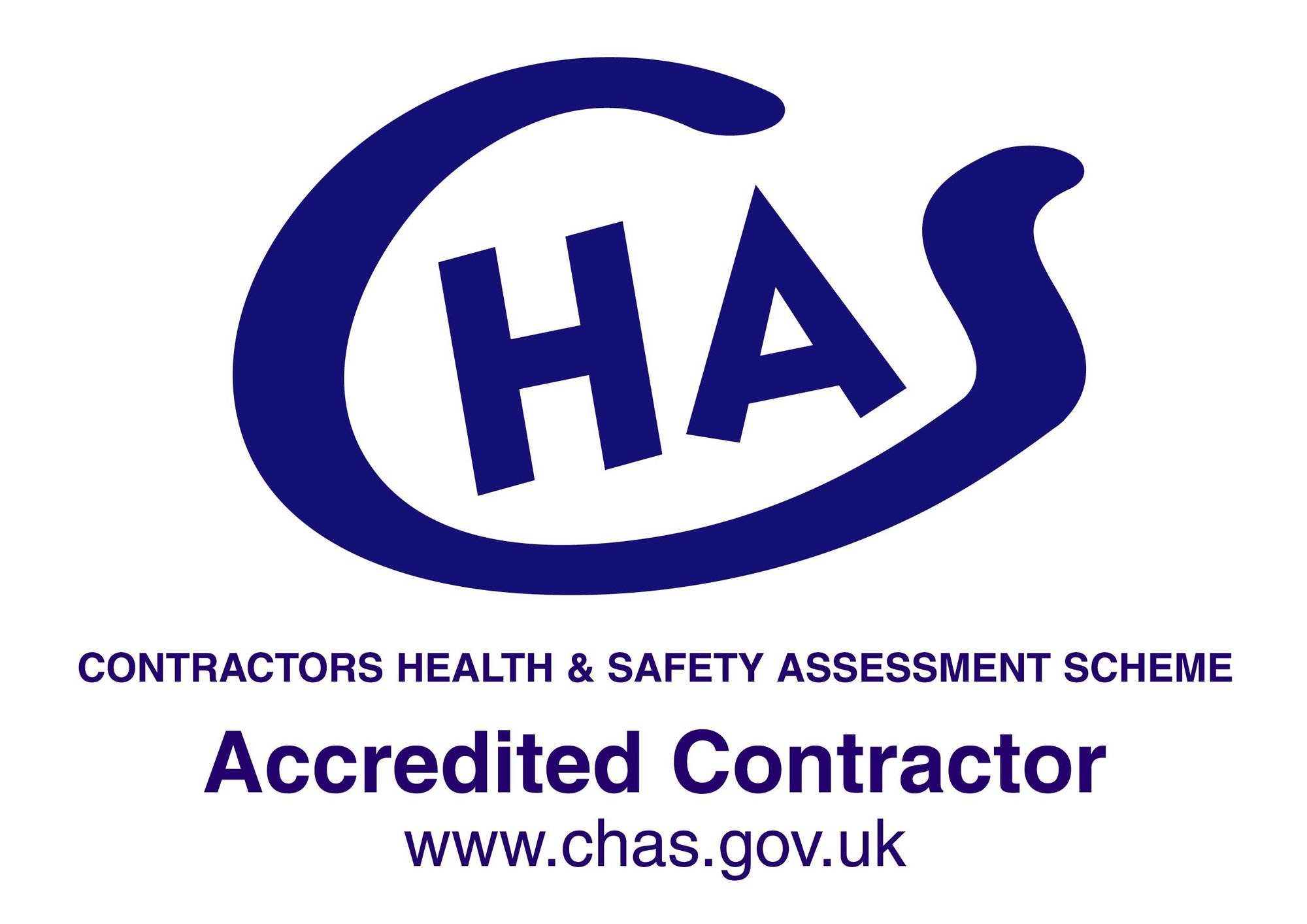


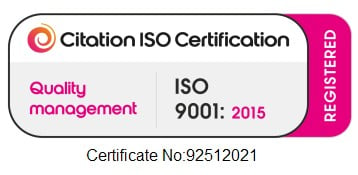
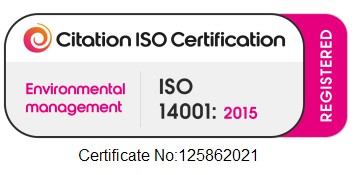
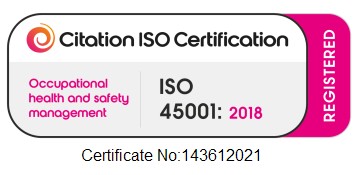

Get in touch
Are you unsure of what you need to do to comply with government direction to address damp, mould, and condensation risks?
Our team of expert consultants are here to support and guide you through ensuring that your approach to damp, mould, and condensation is robust, so that your data is validated, you have policies and procedures in place, and your frontline teams are fully trained.


